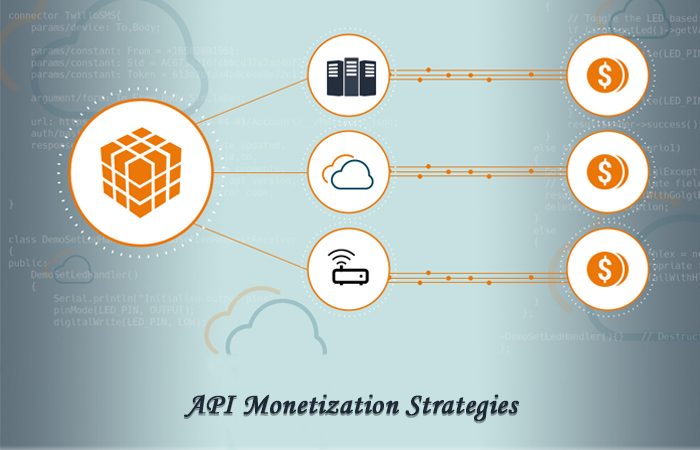Now-a-days, many enterprises in the field are going way beyond, just the implementation of APIs. They are looking for the ways to monetize internally, externally or even the mixture of both. In this blog we will discuss about different monetization strategies and their effect on your enterprise. They will be discussed below:
Indirect Monetization:
Often companies are not looking to charge for API use. In fact the more and more API is used; it would bring more customers and transactions to their business. Indirect monetization is the best possible option especially when you want to extend the ecosystem by serving APIs in order to make your customers and partners and to bring in, more business. You won’t require any kind of billing system in this type of monetization as it would itself be bringing in its own revenue through business.
Internal Direct Monetization
Internally, the direct monetization commonly takes the form of one department billing back another for the use of particular APIs. It is because the funds are allocated properly and that too internally by the corporate accounting. In this, organizations do require key functions in order to support billing properly. Key functions like Reporting to track usage, Invoicing, etc.
External Direct Monetization
In this monetization, there is a scenario where you sell a service to your customers and they are external businesses where all the solutions are improved by your sold APIs. In order to support, an external Direct API monetization model, one would require a full- fledged billing portal along with a payment gateway.
If you wish to maximize your flexibility, you should consider having appropriate API management solutions and supporting functionality. It can be arranged on both portals, i.e. on-premises and also in the cloud. By doing so, one can ensure that your deployment decisions can be easily driven by your business objectives and not by any technology limitations.

